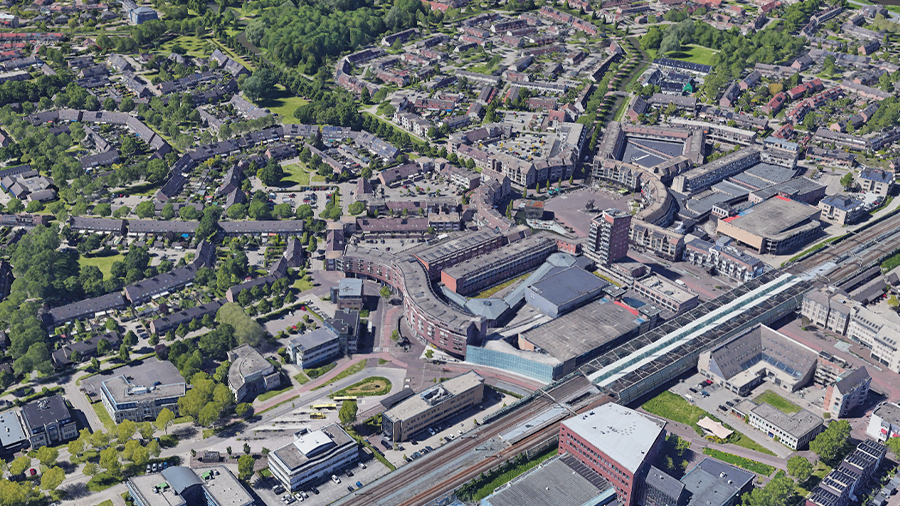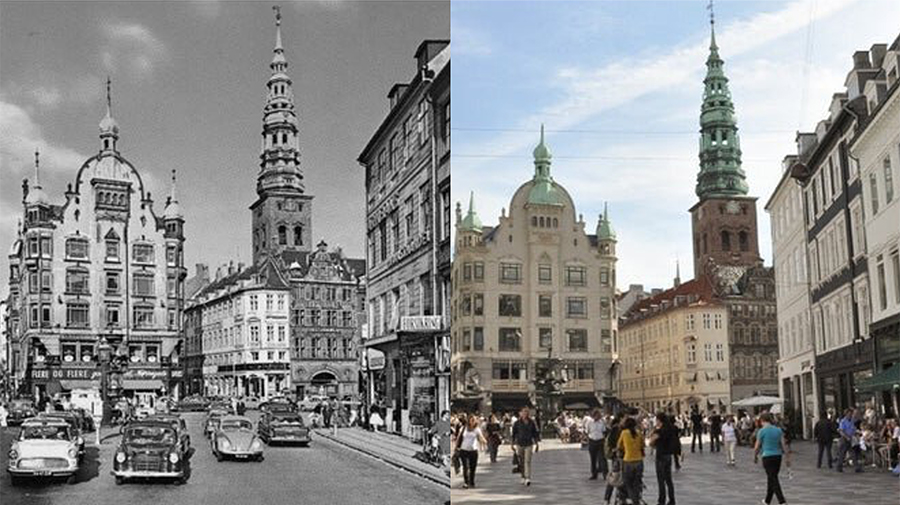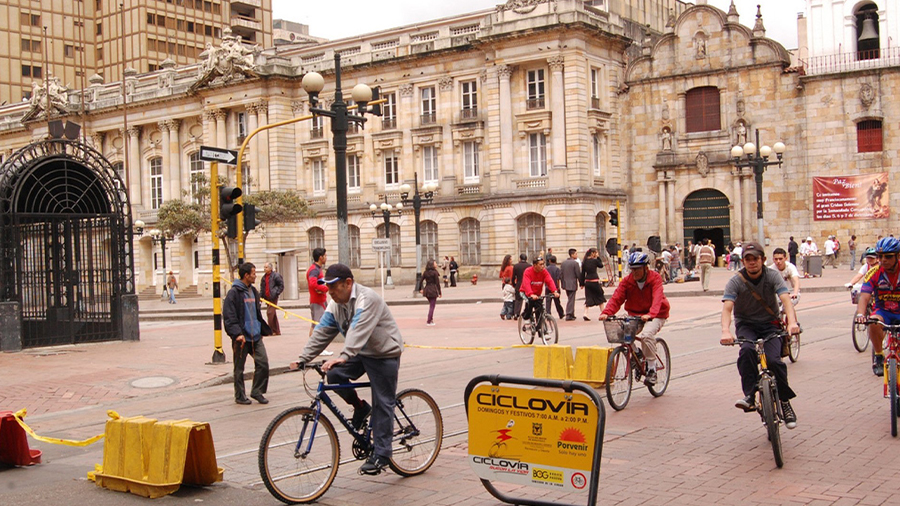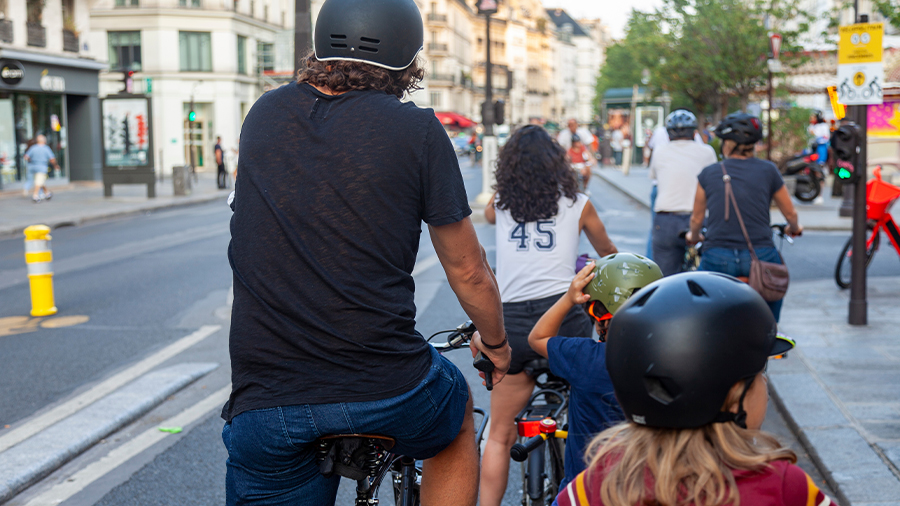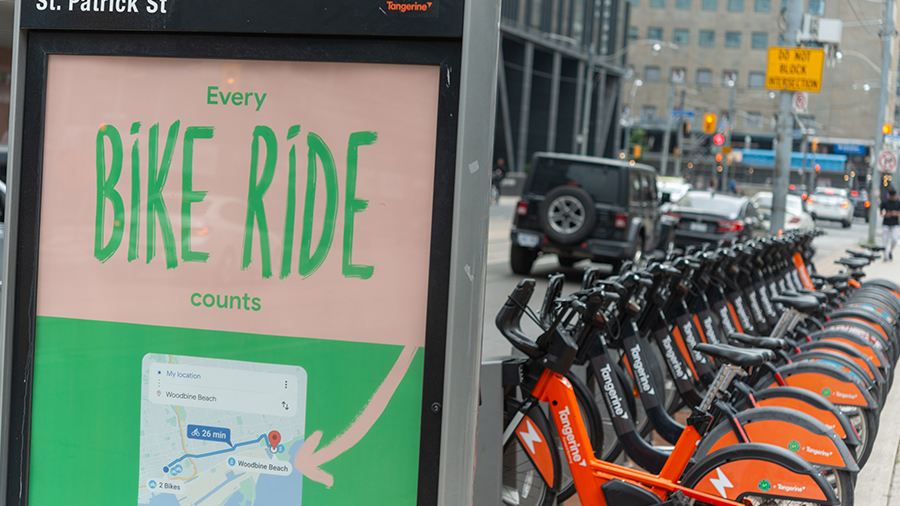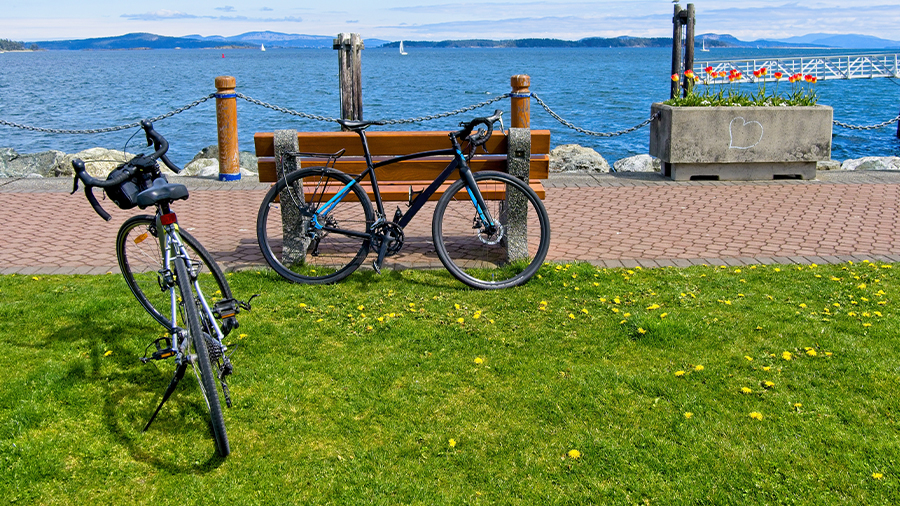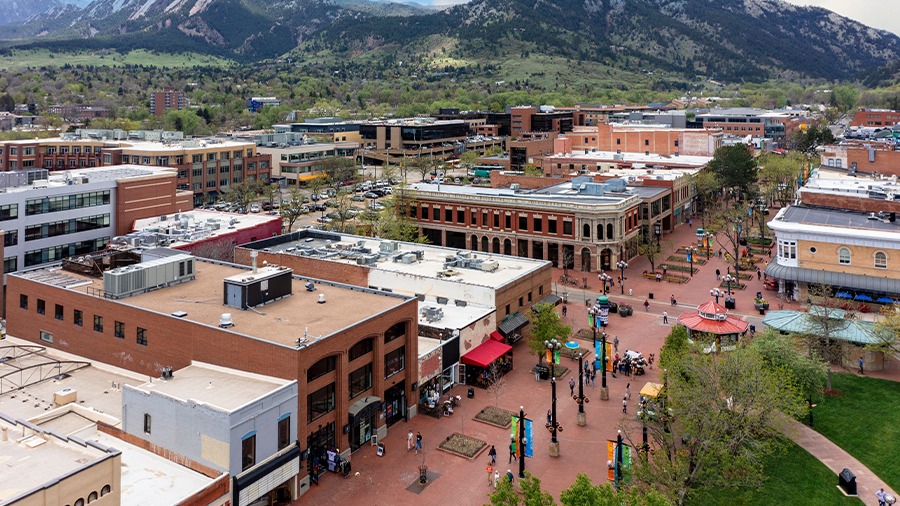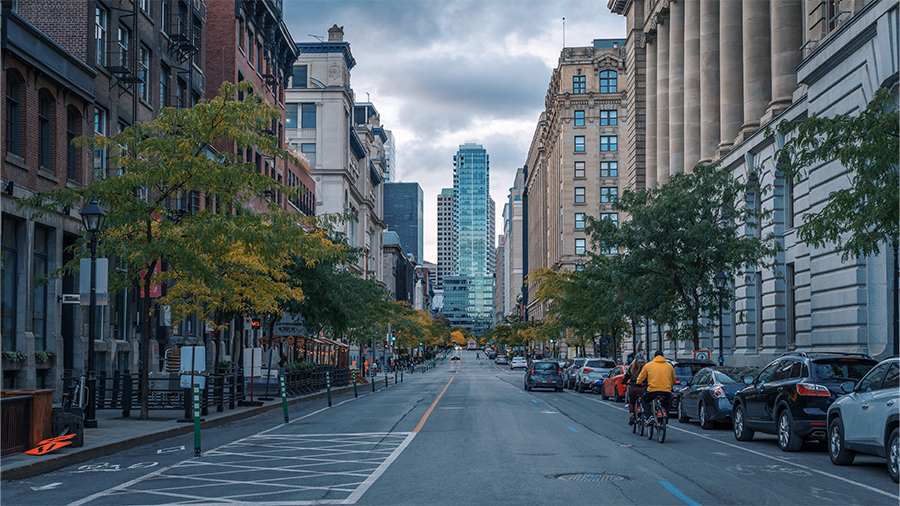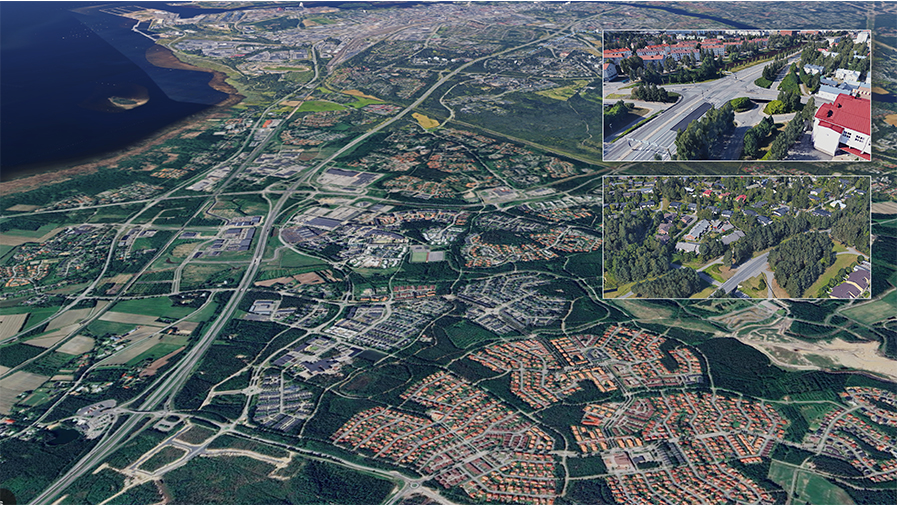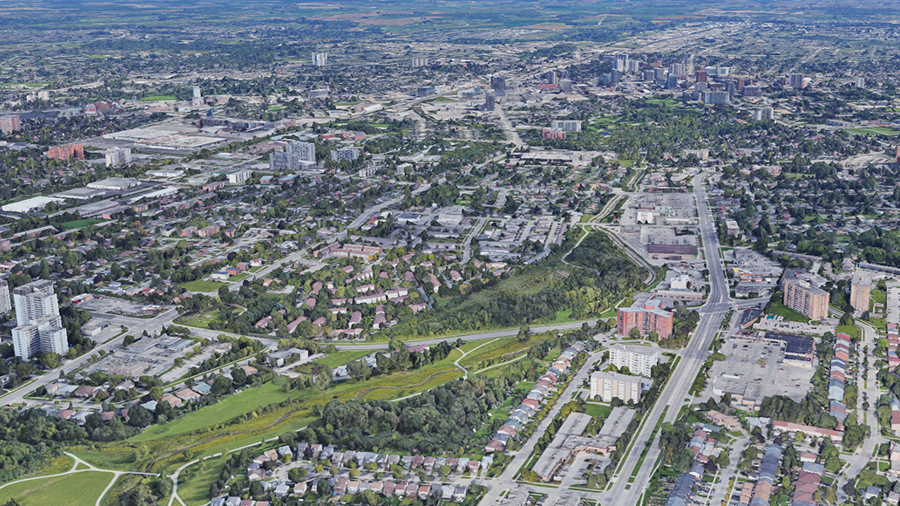Cities need to aggressively pursue higher active mode shares —why it is practical and how to get there
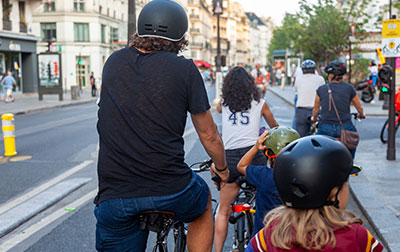
Aiming high – for example, upwards of 50% active mode share in some communities —where half of all trips are made by walking, cycling, or similar forms of transport—is needed and possible in many places to shift toward healthier, more resilient and sustainable, and economically vibrant communities.
Cities around the world are setting ambitious targets grounded in the success of others:
- Toronto: Aims for 75% of trips under 5 km to be walked or cycled by 2050.
- Vancouver: Targets two-thirds of all trips to be made by walking, cycling, or public transit by 2040.
- Utrecht, Netherlands: Currently boasts an active mobility share of 75%.
- León, Spain: Has achieved a 65% active mobility share.
In a world of growing urban density, strained transport networks, mental health, obesity and climate urgency, cities are facing a pivotal question: How do we move more people, more sustainably, without expanding our physical footprint?
The answer lies in shifting away from a car-first paradigm to one where a high proportion – perhaps 50% - of all urban trips are made by active modes—walking, cycling, and micromobility. Mid-sized and small cities are particularly well-suited to higher active transportation mode share targets with the deployment of better walking and rolling facilities, particularly enabled by the recent growth of e-bikes.
The value case: Why 50% active mode matters
To break down the ways that active mode share improves city design, infrastructure leaders should look at economic resilience and connectivity through a holistic lens. Recent reports such as Toronto By Design, The Walkable City; Hitachi’s Smart mobility; and the recent technical paper called Unmet_Demand for Walkable Transit-Oriented Neighborhoods all show that people are willing to make lifestyle changes and invest in active mode share if the option is available. Amongst the top listed concerns are vehicle-related emissions and the negative impacts of car-centric design in generating heat islands and fragmented communities.
Active modes offer a way through:
- Spatial efficiency: One bike lane can move up to five times more people per hour than a car lane.
- Climate impact: A shift to active transport cuts emissions immediately—no new technology required. In a world of increasing extreme weather events, walking in some conditions can also be more resilient and reliable (when safe).
- Public health: Active modes increase physical activity, lower obesity rates, and reduce healthcare costs. Not only is it good physical health it is good for mental health too. People like moving their feet and bodies more than other modes.
- Economic resilience: Walkable and bikeable cities drive local spending and support small businesses.
- Regional connectivity: Where available, regional and local transit systems are supported by better walking and cycling networks. Regional transit systems offer efficient, reliable ways to move people farther than road networks which fill up quickly since one lane can only move ~2,000 cars per hour.
Implementation strategy: From vision to execution
Achieving 50% active mode share requires more than new bike lanes. It demands intentional network (re)design, governance clarity, and behavioral change strategies. Ultimately, successful implementation will leave people wondering why their community wasn’t designed in such a way sooner. Here are some ways to implement strategy and tactics at an organizational-level to ensure project success:
1. Shift the hierarchy of movement.
Prioritize people, not vehicles. This means giving active users safe, direct, and convenient routes. Cities must adopt street design guidelines that make walking and cycling the default.
2. Build complete active networks.
Disconnected paths won’t shift behavior. Planners must deliver cohesive, continuous networks that connect homes, jobs, schools, and services—at speed. This will require rethinking right-of-way allocation, converting car lanes to cycle tracks, and prioritizing high-impact corridors.
3. Embed active mode metrics into project KPIs.
Transport projects are often judged on congestion relief or vehicle throughput. To drive change, cities should integrate mode-shift targets into funding criteria, design approvals, and long-term asset performance.
4. Use rapid delivery models.
Pilot programs and tactical urbanism can quickly prototype changes and build public support. In parallel, cities should scale delivery using framework agreements, offsite fabrication, and integrated delivery teams to accelerate construction.
5. Establish a cross-disciplinary team.
Dedicated teams are needed to coordinate transport, health, climate, and urban planning. This team should own the active mode network strategy, funding bids, and stakeholder engagement.
6. Secure public-sector buy-in.
Road or other public space reallocation is politically sensitive but essential. Secure early political commitment to reframe road space as public space, not just vehicle corridors. Use data (e.g. capacity per square meter) to shift the narrative.
7. Design with the end in mind.
Know that traditional models underestimate latent demand for walking and cycling and often fail to consider land-use change. To mitigate, clients should recalibrate demand models to reflect mode-neutral or active-first scenarios, and design accordingly.
8. Rethink budget strategy.
Finally, treat active mode investment as core infrastructure, not add-ons. Explore bundling active networks into larger place-based programs or using congestion charges and land value capture to fund delivery.
A quiet revolution, built for scale
Infrastructure owners and delivery bodies face several friction points on the path to 50%. Challenges such as institutional silos, stakeholder pushback in the automotive space, uncertain funding streams, and legacy planning systems built around vehicle level of service will need clear direction to maintain progress and ambition.
Success requires clear leadership, brave delivery, and a shared vision for how space is used with movement. Hatch understands the infrastructure community, real estate interests, community engagement, and how to build at scale.
These concepts are foundational to our leadership in Great PlacesTM, transit oriented development, and urban regeneration. It’s time to apply capability to the systems that support everyday, human-powered journeys at scale.
Contact us, and let’s design for movement. Let’s build for life.
